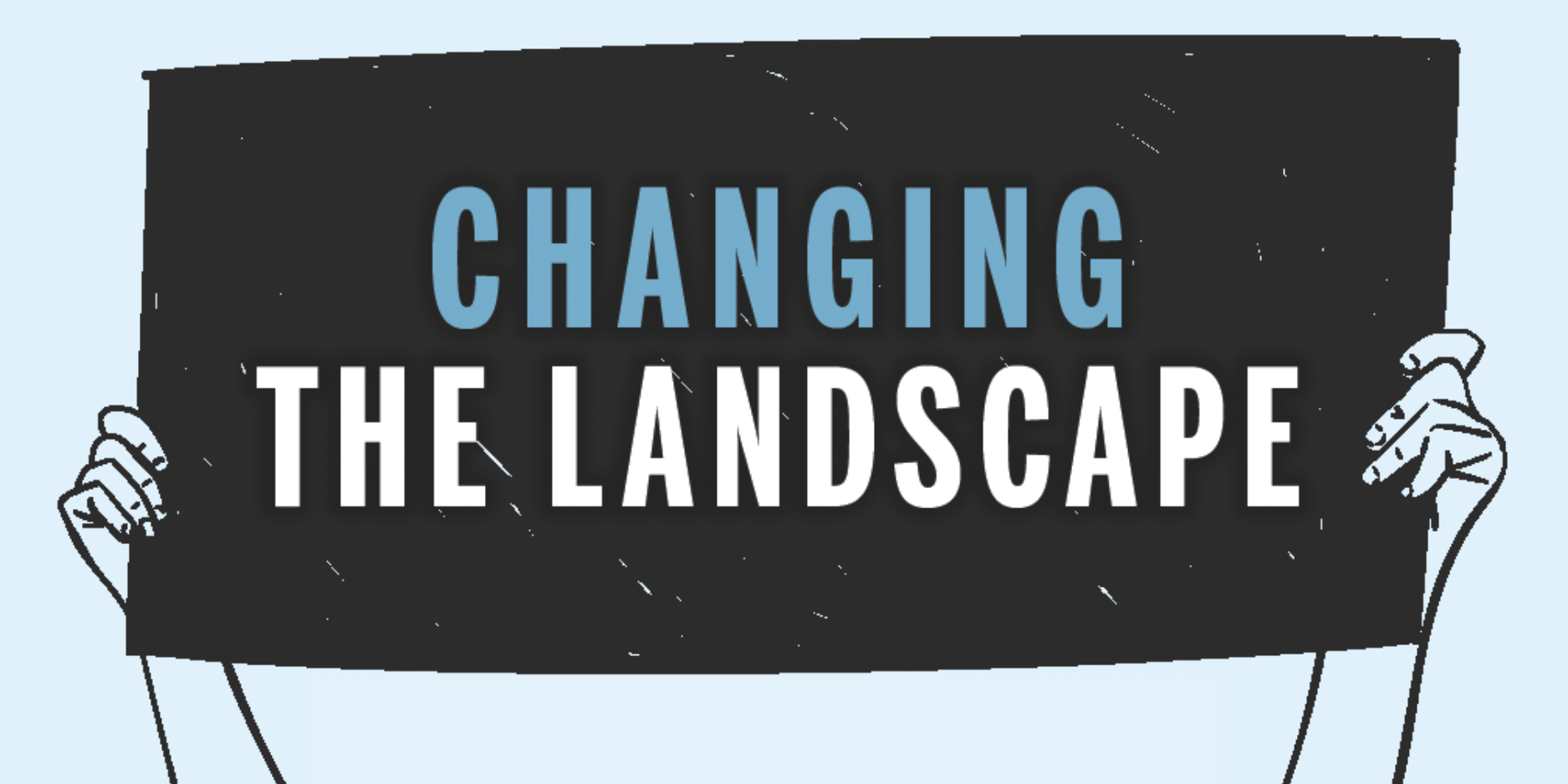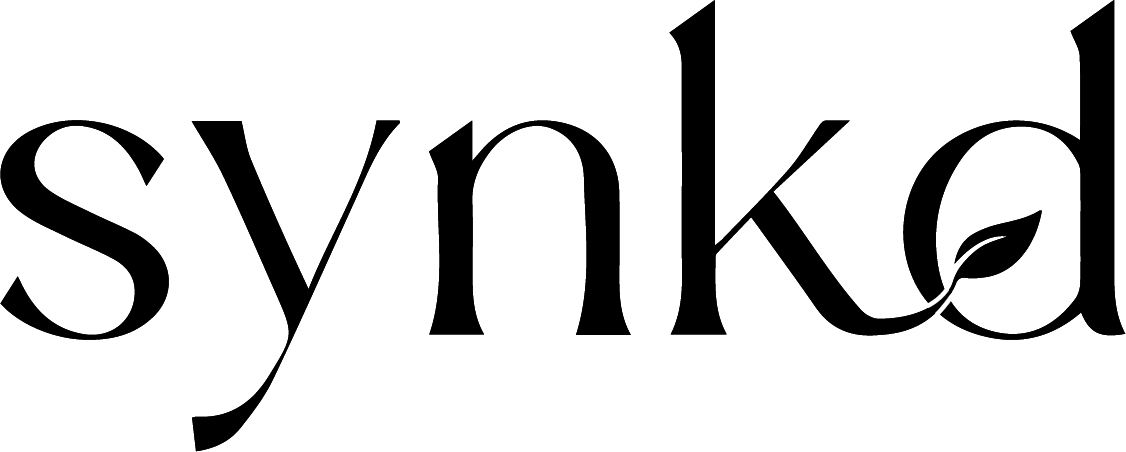.png?width=740&height=370&name=Jay%20Worth%20Save%20Money%20(1).png)
As you’re looking at ways to save time and money with your landscaping business, one area that’s often overlooked is employee retention.
The research
According to research from the Society of Human Resource Management (SHRM), it can take as much as three times the offered salary to recruit a new employee. This means if you’re offering a position that’s going to pay $45,000 annually, it can cost your company up to $135,000 to staff that position.
That figure doesn’t include training your new hire. Research done by payroll firm ADP showed the average to train a new employee across all industries was $1,886 in 2017. It’s more expensive when you’re talking about lower-wage, hourly employees. The Houston Chronicle’s Small Business section cites research showing it can take over $9,400 to train a replacement for a lower-wage, hourly employee.
What to do about this?
As I mentioned, keeping the employees you’ve got is a fantastic starting point. There are several factors that contribute to employee retention. This isn’t an exhaustive list, but these items are critical to successful retention.
.png?width=1875&height=938&name=Jay%20Worth%20Save%20Money%20(4).png)
Path to Advancement
One study showed that 60 percent of employees who have been with your company for less than one year value the opportunity to advance more than they value training.
Stated another way, these employees would rather you show them how to get ahead than invest time and money helping them become better professionals.
I would suggest the two are not exclusive. You can create a pathway to advance through the organization with some intentional focus. Start with your frontline workers and create a list of measurable, achievable goals that any person in that role would need to accomplish in order to get promoted within their department. Once you’ve done that, keep moving up the organizational ladder all the way to CEO.
Showing your people how to advance will keep the most ambitious people in your workforce engaged.
Give Them Purpose
Creating, defining and communicating your company’s core values will do several things for you.
It tells your current and future employees what your company stands for and what values are most central to how you run the business.
It also helps people who are not a good fit “self-eject” from the company. These are people who would have created problems of one sort or another down the road, so this isn’t always a loss.
Lastly, it keeps people who really believe in what you’re doing engaged. When they’ve got a purpose or a mission to fulfill, they’ll stay with your company longer and work harder while they’re there.
.png?width=722&height=361&name=Jay%20Worth%20Save%20Money%20(2).png)
Create a Healthy Culture
I cannot oversell the importance of this point. If you need research, the Harvard Business Review states that companies with positive work cultures and highly engaged employees “enjoyed 100% more job applications.”
If you need anecdotal evidence that this is true, ask yourself a very hard question: Why aren’t your current employees referring people to come work for you? It’s not because they don’t want these massive “referral bonuses” that have become popular. It’s because they aren’t willing to sacrifice those relationships for that amount of money.
Healthy company culture is defined by trust, open and consistent communication and expectations being clearly stated. People are tasked with work and then given the tools and resources needed to succeed in those tasks. Their time outside of work is respected, and any asks above and beyond the normal working hours are either communicated weeks in advance or asked of employees rather than expected.
Anything short of these basics, and you’ll be setting yourself up for an unhealthy working culture.
Work/Life Balance
Truly, this should simply be called “life balance.” A person’s job, however invested they are, is only one aspect of their existence.
If you’ve recruited well, you’ve hired well-rounded, driven people. Those people often have commitments outside of work to consider. They’ve got families to take care of, Little League to coach and food pantries at which they volunteer.
You must give them time for the other things that energize them so they can give their best when they come to work. That means not working them an insane amount of hours and justifying it by saying “well, you get the winter off,” especially if you offer snow removal services.
Give people the time they need to live fulfilled lives, and you’ll find they’re more present and productive while at work.
A Plan for Onboarding
Think about onboarding in two separate “buckets.” There is onboarding that every employee needs (regardless of their role or title). There is also information that needs to be communicated to a new hire that is specific to their job.
Ask a friend who doesn’t know anything about your business to help you with this. Pretend they’re new and you’ve hired them for an open position. What things do you need to communicate with them? These might include:
- Where to park
- How to clock in and out
- Any software logins they’ll need to use on a regular basis
- A review of benefits and the deadline to make elections
- Uniforms or dress code
- A review of the company’s core values, with examples of how to implement these on a day-to-day basis
- Emergency exit plans and procedures
After that, you need to provide individuals with training based on their roles. How you want functions performed (hand edging, hand pruning, mulching, etc.) and how to use any equipment you’re expecting them to use.
A great way to do this is to start with the “everyone” training and then give one-on-one or small group training to people based on their job function.
Ignoring onboarding is a huge mistake. When you don’t set your expectations out clearly from the very beginning, you’re setting your team up for failure. If they know what you expect from day one, minute one, you’ll be in a much stronger position as a company.
Pay & Benefits
Green Industry work carries some of the most significant risks of injury and death. In 2016, almost 60 percent of safety occurrences for arborists were fatal. Between 2001 and 2017, research done by the National Institute for Occupatioinal Safety and Health showed that almost one in five worker’s compensation claims in the landscape industry were “serious injuries.”
We cannot reasonably expect people to work in a dangerous industry without compensating them well.
You should be offering your people benefits. Many payroll services will allow you to buy in at their group rates rather than purchasing them on your own. Leverage their group discounts to offer your employees protection.
The Massachusetts Institute of Technology (MIT) compiled a Living Wage Calculator. This shows what it takes to live a normal life in every state, county and metro area around the country. Reference this when setting wages for your frontline workers, and use it as a baseline for considering what to pay your managers and C-suite hires.
.png?width=1875&height=938&name=Jay%20Worth%20Save%20Money%20(3).png)
Conclusion
“Getting your house in order” is a great way to ensure you save time and money. You’ll dramatically reduce costs in recruiting and training and add consistency to your business.
Get in Touch With...
Jay Worth
Marketing Manager for SingleOps

Changing the Landscape
The Black Lives Matter movement Has Forced Us to Take A Hard & Honest Look At Our Communities, Our Industry & Ourselves

Spring 2024 Mini Interviews
Get to Know Aaron Farrer, Jan Johnsen, Jeff Allen, Scott Seargeant & Rich Thiebaud in the Spring 2024 Issue of SYNKD
.png?width=541&height=218&name=synkd%20logo%20w%20tagline%20(2).png)



 Jay Worth
Jay Worth
